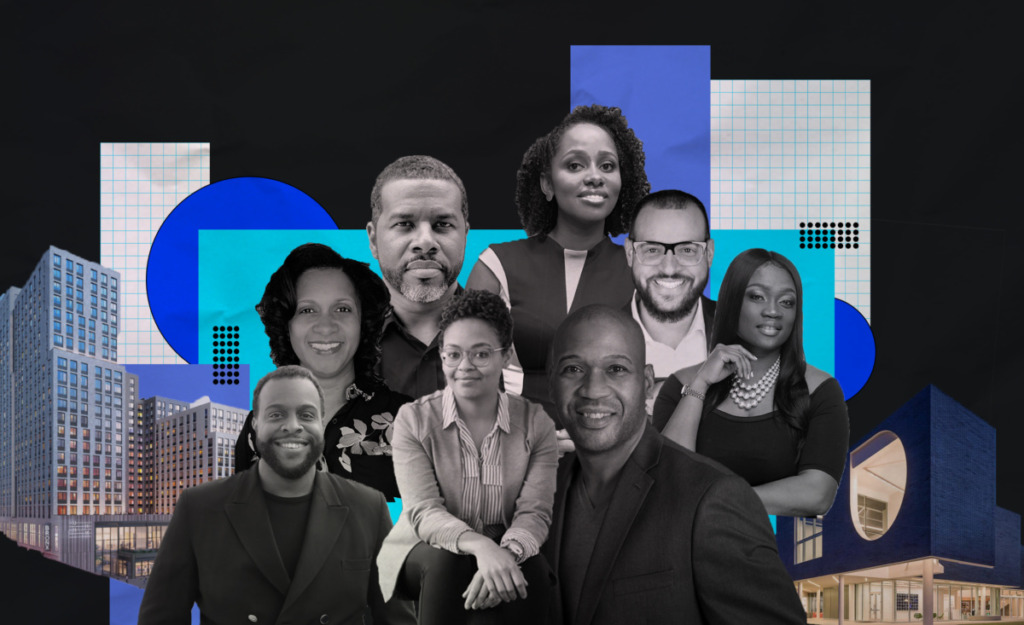Each submission gets timestamped with EST time and gets a unique identifier
assigned, example:
S10056


by: Elizabeth Fazzare, Cultured Mag
Of the 116,242 licensed architects in the United States and its territories, just two percent are Black. Only 2,325 Black architects are building the cities and suburbs, shaping the skylines and creating the museums, housing, schools, government buildings, places of worship and any other variety of structures we live in or with every day. In a nation with a population of nearly 330,064,000 people, solely 2,325 Black citizens have the power and access to physically design our built environment.
When faced with these figures, it becomes clear that the racist systems that often bar Black Americans from competing on an equal socioeconomic playing field also extend to architecture. White people have always had a head start. Licensure laws were first passed in 1897, but the first Black architect to be licensed, Paul Revere Williams, was not bestowed the title until 1921. While this marked an incredibly important milestone, society must resist the urge to celebrate isolated successes as evidence of racial equity. Instead, it raises the question: why did this take so long?
Today, statistical outliers are more plentiful but the trend has not significantly changed; according to the data from annual National Council of Architectural Registration Boards reports, that two percent figure is in stasis and has been for at least the last five years. Non-Black people of color account for nine percent of the nation’s licensed architects. White architects continue to make up the vast majority of industry professionals. It’s not uncommon to find a design firm where the number of Black architects is fewer than five. Black partners are even more scarce.
Since the murder of George Floyd by Minneapolis police on May 25, many architectural firms, professional institutions and media companies have pledged to correct the lack of Black equity in their staffs, coverage and projects. But with these pledges comes the risk of tokenism. “Putting out statements is important because designers and architects must participate in this conversation,” says Pascale Sablan, whose organization Beyond the Built Environment has helped to center the design work of her fellow Black architects since 2017. “But, the architecture industry can ensure sustained, meaningful change by going beyond statements of camaraderie and solidarity, to action items. It is not enough to show up to a funeral and offer your condolences; you need to bring the lasagna, too.”
In a systematically racist society, how can the industry move toward true equity? How does architecture’s lack of diversity affect the professional successes or challenges of Black architects? What kind of “othering” does it perpetuate? How do these marginalized voices want the industry to change? What are the experiences of being Black in architecture? These are a few of the questions I presented to a group of 15 Black architects over the last month. For all, one directive is clear: as the United States awakens to its embedded racism, actions speak louder than words. If the systems promoting inequality are to change, it needs to start with active reparative work by white allies.


Each submission gets timestamped with EST time and gets a unique identifier
assigned, example:
S10056


Your ID: S12312312






This notification means your entry was sent successfully to the system for review and processing.
If you have any further questions or comments, reach out to us via the main contact form on the site
Have a great day!







New to NOMA?
Create your account
Already have an account?
Sign in

Not A NOMA Member? Click Here!
Create your account
